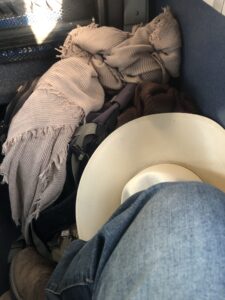 My hat and I enroute to Colorado
My hat and I enroute to Colorado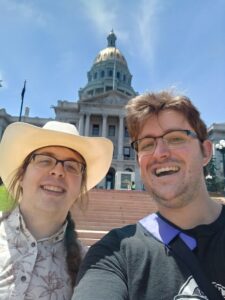 Me with Ethan Marcus at the Colorado Statehouse
Me with Ethan Marcus at the Colorado Statehouse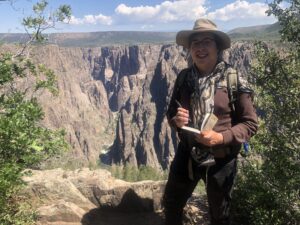 Taking notes at Warner Point (named for Mark Warner)
Taking notes at Warner Point (named for Mark Warner) A view of RMBL and the nearby Gothic Mountain
A view of RMBL and the nearby Gothic Mountain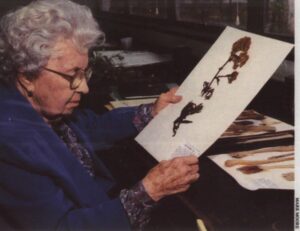 Dr. Barclay at work
Dr. Barclay at work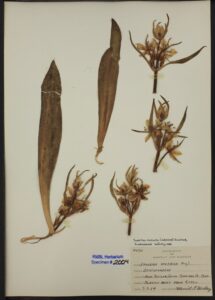 One of the first herbarium plates collected by Dr. Barclay at RMBL in 1929
One of the first herbarium plates collected by Dr. Barclay at RMBL in 1929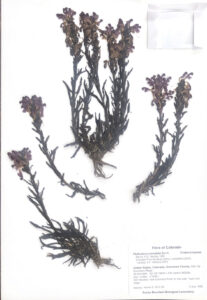 The first herbarium plate I prepared at RMBL in 2023
The first herbarium plate I prepared at RMBL in 2023